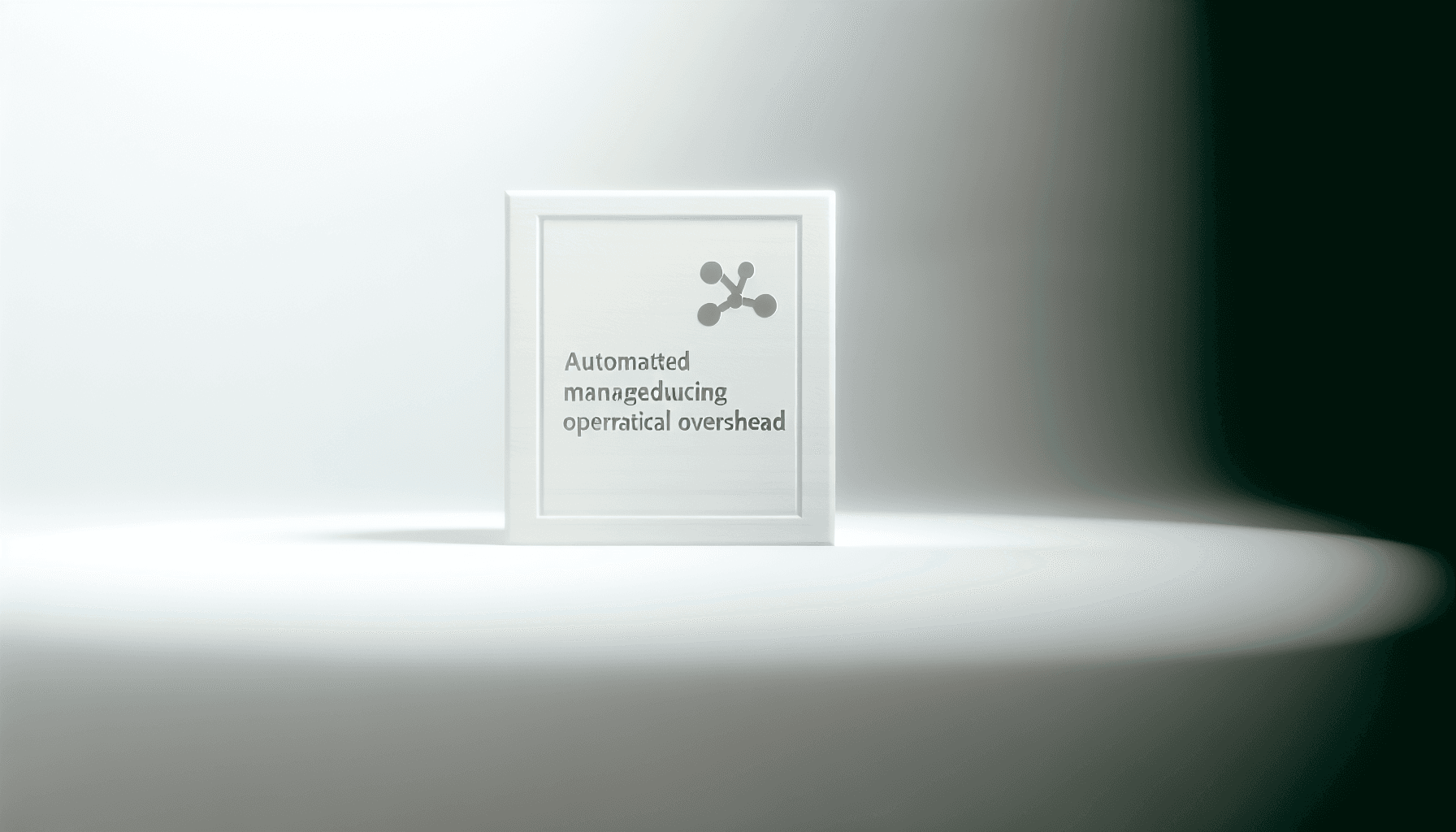
Streamlining Operations with Automated Blog Management
Discover how automated blog management slashes operational costs while enhancing efficiency.
In the dynamic world of digital businesses, where content creation and management play a crucial role in maintaining competitive edge, the concept of automated blog management is revolutionizing operational practices. As businesses strive to maintain a robust online presence, many are turning to automated solutions to streamline operations, reduce costs, and maximize efficiency. But how exactly can automated blog management reduce operational overhead?
The Impact of Automated Blog Management on Operational Efficiency
Automated blog management systems leverage cutting-edge technologies such as AI to take over time-consuming tasks traditionally handled by human writers and editors. By doing so, these systems provide a seamless transition from content conceptualization to publication, significantly mitigating the human resource burden.
AI-Powered Blog Automation: With AI-driven platforms, businesses can automate their entire content generation process. This not only speeds up the production of content but also ensures consistency in quality and tone. The integration of AI allows for the real-time analysis of current trends and the automatic generation of relevant content that aligns with SEO best practices.
Content Generation: One of the most striking advantages of automated systems is their ability to generate content at scale. Whether a business requires daily updates or weekly insights, automation helps meet these needs without additional staffing. According to a study by Gartner, businesses that employed AI-driven content management solutions saw a 30% reduction in labor costs associated with content creation.
Automated Publishing: Automated publishing systems can schedule and release content without human intervention, reducing the need for constant manual updates. This flexibility allows businesses to maintain an active online presence without sacrificing productivity in other areas.
Transitioning between these stages of automation means a significant reduction in time and resources spent on administrative tasks, thereby allowing businesses to allocate their resources more efficiently.
The Role of Keyword Research and SEO Optimization
Automated blog management doesn’t stop at content creation; it extends to optimizing content for search engines to ensure maximum visibility and engagement. This dual capability—creating and optimizing—gives businesses an upper hand in digital marketing.
Keyword Research: Automated systems continuously analyze web data to identify trending keywords and topics, inputting these insights directly into the content strategy. This ongoing process of keyword research keeps the content fresh and relevant, which is crucial for maintaining strong rankings on search engine results pages.
SEO Optimization: Automated platforms ensure that every piece of content is crafted with SEO in mind, utilizing metadata, keyword density checks, and backlinking strategies to enhance visibility. Moz reports that companies utilizing SEO-optimized content see an average increase of 32% in website traffic, underscoring the importance of integrating SEO into automated content strategies.
Cost Reductions and Operational Scalability
Deploying an automated blog management solution can drastically reduce operational costs, offering scalability that human-driven processes simply cannot match.
Scalable Solutions: As businesses grow, so too do their content needs. With automated solutions, scaling up does not require a proportional increase in content staff. These systems efficiently manage a higher volume at a fraction of the cost, allowing businesses to focus resources on strategic trajectories.
Eliminating Human Error: The consistency offered by automation minimizes errors that might occur during manual input. Automated systems offer a standard approach to content creation, which reduces errors, saves time, and maintains a consistent brand voice.
Flexible Automation Settings: Different businesses have unique content requirements, and flexible automation settings allow them to tailor the content creation process. Whether it's adapting to a new digital marketing campaign or adjusting to seasonal content needs, automated tools provide a level of responsiveness that manual systems struggle to achieve.
Overcoming Challenges with Data-Driven Insights
While the advantages are clear, the adoption of automated blog management isn't without its challenges. Successful integration demands careful planning and a clear understanding of business goals.
Integration Options: Automated systems must seamlessly integrate with existing IT infrastructure to function efficiently. This often involves using APIs and ensuring that all components of the system are compatible, which can be a hurdle for businesses new to such technology.
Data Security and Reliability: Using automated systems involves handling large amounts of data, often sensitive. Ensuring data security during this process must be a top priority. Reliable platforms implement stringent security measures to protect against data breaches.
Despite these challenges, the benefits far outweigh the drawbacks. Implementing automated blog management means more than just reducing operational overhead; it signifies a move towards smarter business operations.
Conclusion
Automated blog management presents a compelling case for businesses looking to enhance their operational efficiency and reduce costs. By adopting AI-powered automation for content creation, publishing, and SEO optimization, businesses can not only streamline operations but also gain a competitive edge in the crowded digital landscape.
As the digital sphere continues to evolve, embracing tools that offer efficiency and scalability without compromising quality will be crucial. Automated blog management is not just a trend but a strategic business move towards sustainable growth and success in today’s fast-paced digital era.